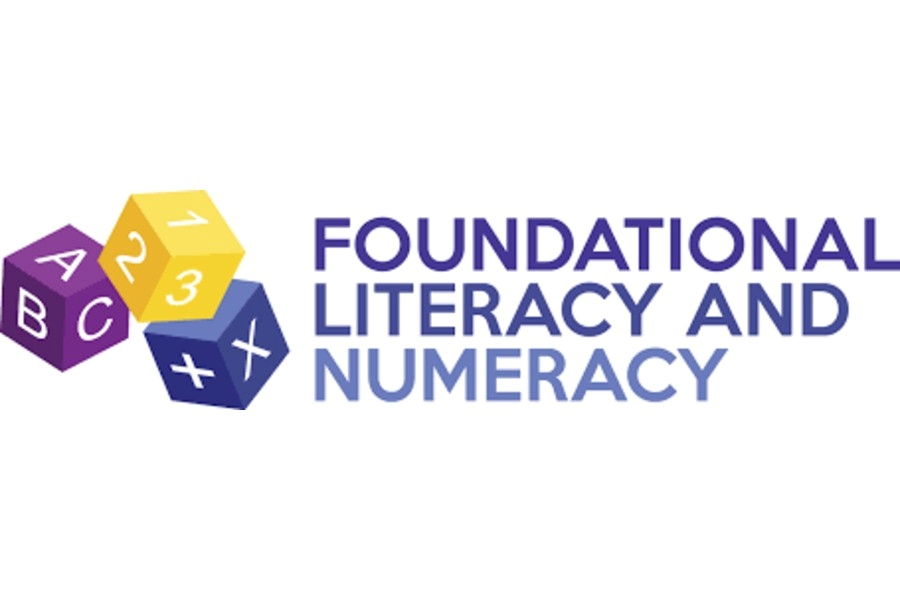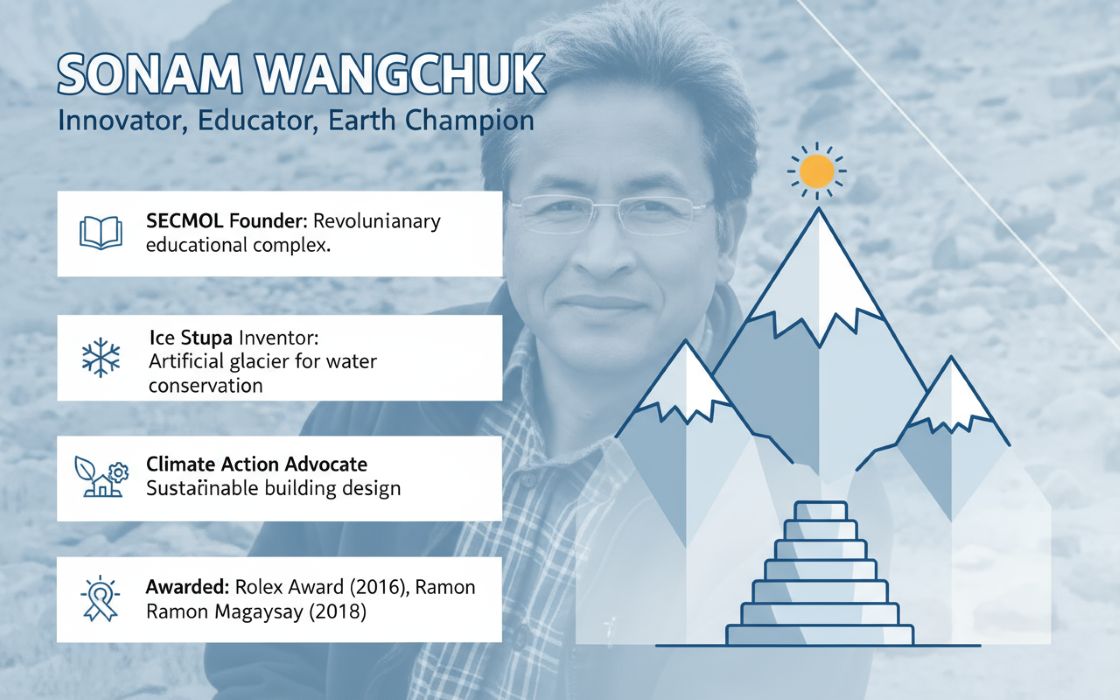India’s educational landscape, diverse and complex, is continually evolving to meet the needs of its vast and varied populace. With millions of children still facing barriers to quality education, especially in rural and underserved regions, innovative solutions are essential to bridge the gap and unlock opportunities. TheCSRUniverse shines a spotlight on one such transformative initiative—VOPA (Virtual Open Platform for Action) through a detailed discussion with Founder Director, Prafulla Shashikant.
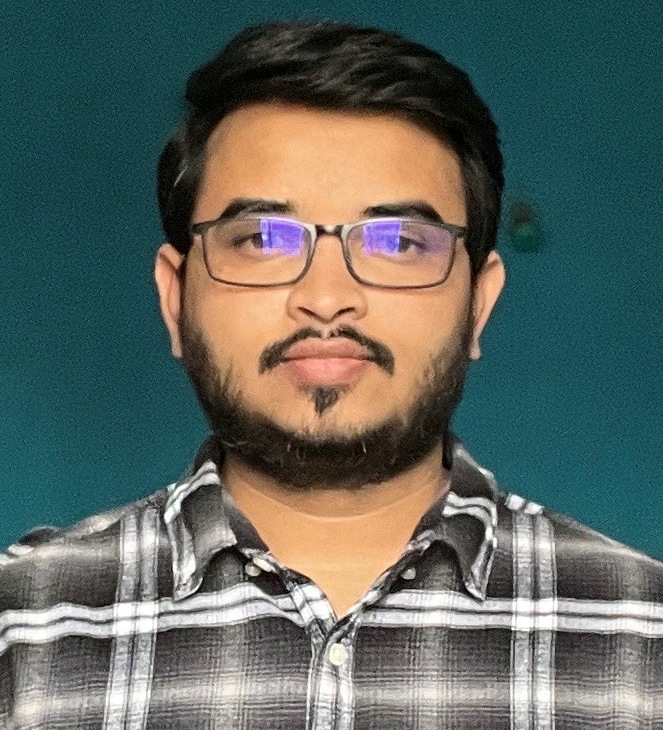 In this engaging interview, Prafulla shares the story behind VOPA, detailing its inception, the challenges faced during its early days, and the amazing impact of the V-School platform. VOPA enables multiple users to access personalized educational content on a single device, making it cost-effective for underserved families. Its offline functionality ensures uninterrupted learning, even in remote areas with limited internet access. By empowering teachers as content creators, VOPA fosters localized and culturally relevant educational material in regional languages. With many such standout features, VOPA has reached over 1.2 million students transforming the learning landscape for marginalized communities.
In this engaging interview, Prafulla shares the story behind VOPA, detailing its inception, the challenges faced during its early days, and the amazing impact of the V-School platform. VOPA enables multiple users to access personalized educational content on a single device, making it cost-effective for underserved families. Its offline functionality ensures uninterrupted learning, even in remote areas with limited internet access. By empowering teachers as content creators, VOPA fosters localized and culturally relevant educational material in regional languages. With many such standout features, VOPA has reached over 1.2 million students transforming the learning landscape for marginalized communities.
Prafulla also delves into the crucial role of collaborations, creative fundraising strategies, and the power of grassroots innovation. Whether you're an aspiring changemaker or someone seeking inspiration to drive meaningful change in education, this interview offers invaluable insights and practical lessons. Prafulla’s journey is a testament to resilience, creativity, and the profound belief that education is not just a tool for learning—it is empowerment.
Don’t miss this must-read conversation!
Q. What inspired you to start VOPA, and what was the initial vision for the platform? Can you share the pivotal moments as well as setbacks or hurdles you faced during VOPA’s early days?
A. I have always been deeply inspired by social reformers like Dr. Babasaheb Ambedkar, Bhagat Singh, and Mahatma Gandhi. Their writings, struggles, and contributions to society have shaped my perspective on social justice and equality. After completing my engineering, I joined SEARCH, an organization in Gadchiroli, where I had the opportunity to work on various educational and youth development projects under the guidance of Dr. Abhay Bang. This experience gave me first hand exposure to the challenges faced by underserved regions and communities.
In 2017, my team and I came across the Kelkar Committee Report, which highlighted the stark regional imbalances in Maharashtra, particularly in the Marathwada and Vidarbha regions. The report reinforced what we already sensed: a severe lack of opportunities and development. Initially, we tried to collaborate with other organizations and leaders to address the gaps, but we soon realized it was not working. This realization led to the foundation of VOPA in 2018, with a vision to empower the most deprived and marginalized sections of society through education.
We began with a school transformation project, working in some of the most challenging schools in Marathwada. These schools served children from extremely vulnerable backgrounds—children of sex workers, sugarcane migrant families, HIV-positive parents, and orphaned children. Our approach focused on holistic school improvement: teacher training, improving teaching-learning practices, and strengthening the school ecosystem. The pilot project was well received, and we were preparing to scale it in the Beed district when the COVID-19 pandemic struck.
When schools shut down during the pandemic, the education system was thrown into chaos. We initially explored free digital tools to support teachers, but we quickly realized there was a glaring gap: no platform offered high-quality, contextualized educational content for free. Tragically, we witnessed several heartbreaking incidents during this period—students in Beed district taking their own lives because they couldn’t afford expensive digital platforms or were removed from school WhatsApp groups for not paying fees.
These incidents shook us to the core and became the turning point for VOPA. We decided to build an accessible, inclusive, and free EdTech platform—what would later become V-School. Our vision was simple but ambitious: Every child, from KG to PG, should have access to quality education in their local language and context without paying a single rupee.
The journey of building V-School was anything but easy.
- Fundraising Hurdles: We didn’t have any exposure to running an organization. In the initial two-three years, we did not have an 80G certificate too, which made it nearly impossible to attract institutional funding. However, we managed to survive thanks to support from friends, family, and a robust crowdfunding campaign.
- Monumental Content Creation: Creating academic content at scale was another significant challenge. Within two years, we developed comprehensive educational content for Classes 1 to 10 across three mediums, including Marathi, Hindi, and Urdu. Each lesson required meticulous planning and execution—videos, lesson plans, audio, PPTs, images, GIFs—to replicate the classroom teaching-learning experience as closely as possible.
To put this effort into perspective:
- Number of lessons created: 3,500
- Average workdays per lesson: 5–7 days
- Total days of work: 3,500 lessons x 5 days = 17,500 days (or approximately 48 years of work)
Remarkably, all of this was achieved by training 2,500 teachers while operating with a core team of just four people. This strengthened our belief in decentralization and democratization of our work. Later we replicated the same strategy in multiple districts.
Despite the hurdles, our dedication and collective effort paid off. In just two years, VOPA reached 1.2 million children across Maharashtra. The platform not only bridged the education gap during the pandemic but also emerged as a beacon of hope for children from marginalized communities.
Q. What challenges did you face while securing funding for VOPA, and what strategies proved successful for you? We would also like to know about the funding agencies or partners that are currently supporting you.
A. In the early days of VOPA, one of the most significant challenges we faced was securing funding. For the first two years, we did not have our 80G certificate, which meant we were ineligible for CSR funds. During this phase, we turned to individual donors, reaching out to friends, family, and our extended network. Our sincerity and commitment resonated with people, and many came forward to contribute.
Additionally, we leveraged crowdfunding platforms like Milaap. By launching targeted campaigns, we successfully raised funds that became the backbone of our operations during those challenging years. What made this effort even more impactful was the onboarding of matching donors for our crowdfunding campaigns. Their support amplified the contributions, enabling us to sustain our initiatives effectively.
We operated with minimal resources, demonstrating a strong spirit of resilience. For nearly two years, our core team of just four to five people worked tirelessly without an office space—operating from a friend’s home, directly in the field, and wherever we could stretch our limited funds. This period taught us the importance of efficiency, trust, and a relentless focus on the mission.
After obtaining our 80G certificate, we began exploring CSR opportunities. Instead of pitching entirely new ideas, we adopted a strategic approach. We focused on expanding our proven, impactful initiatives in collaboration with the government. By showcasing tangible results and measurable outcomes, we built confidence with potential funders. For us, creating a strong proof of concept before seeking large-scale support was crucial. By achieving significant momentum and delivering clear output numbers, we demonstrated our ability to deliver impact, which appealed to CSR donors. Complete transparency has been at the core of our approach. We consistently shared data, challenges, and progress with existing and potential funders, building trust through honesty and accountability. Personal, one-on-one discussions with stakeholders further strengthened our relationships.
Today, our persistence and strategic efforts have helped us onboard several esteemed funding partners. These include: Morde Foods ltd, ACT Grants, Bajaj Finserv, NOCIL Ltd, Tarachand Trust, and Koita Foundation.
The funding journey taught us some invaluable lessons:
- Challenges can be opportunities in disguise when approached with creativity and determination.
- Building trust through transparency, proof of concept, and measurable impact is key to sustaining partnerships.
- Resilience and inspired team, can stretch limited resources and can keep initiatives alive during the toughest times.
Ultimately, our ability to turn initial setbacks into stepping stones has defined VOPA’s growth. What started as a small initiative sustained by friends and crowdfunding has now evolved into a trusted, impactful organization supported by some of the most respected funding partners.
Q. How has funding from ACT accelerated your journey and what aspects of the collaboration have been most impactful?
A. ACT For Education has played an instrumental role in VOPA’s journey. Initially when we started impacting one district with V-School App, ACT helped us scale the same in two more districts. The way ACT operates is really commendable, they visited us on ground, understood the strengths and opportunities, connected us with other edtech organizations, and periodic check in calls helped us get more creative. We also got acquainted with the Koita Foundation and through ACT, they also became our esteemed supporters and mentors. With ACT’s support we could channelize our efforts towards building the product and features that work at scale yet holding the ground-up approach. The space and freedom to test and pilot our ideas really proved empowering for the organizational capacity building too. Working with ACT has enabled us to work at scale and speed, the values that we cherish at VOPA.
Q. What is the current scale of VOPA’s operations in terms of student reach and offerings, and how do you measure your impact?
A. VOPA’s V-School platform has emerged as a transformative force in Maharashtra’s education landscape, currently operating in 5 districts while reaching students across 11 districts. Over the past six years, we have been humbled and inspired to touch the lives of more than 30 lakh students, 100,000 teachers, 10,000 headmasters, and countless district education officers. Our work has become a catalyst for change, creating ripple effects that strengthen the entire education ecosystem in various districts.
Our offerings are rooted in the ground up needs of children and educators. V-School provides digital learning resources, gamified experience, practice quizzes, AI integrations and personalized growth insights for students in Marathi, Semi-English, and Urdu mediums in Maharashtra. By enabling district education departments to implement the NIPUN Bharat Mission, we are actively improving Foundational Literacy and Numeracy (FLN) at the district level. Today, V-School powers monthly assessments and learning for 1.2 lakh students, offering real-time reports to ensure no child is left behind. Beyond academics, we have built tools to digitize key operational areas—nested supervision systems NIPUN Bharat initiatives, empowering school management committee functions. These help in paving the way for systemic improvements at the grassroots level.
But numbers alone cannot measure the depth of our impact. The heart of VOPA’s mission lies in understanding and addressing the challenges of rural students. During our field research, one boy shared his daily struggle—walking 2 kilometers to find a spot with mobile network coverage. Another child revealed that the only smartphone in their family was taken by parents for daily wage work, leaving him with no access to study during the day. Parents expressed genuine fears of smartphones being misused for non-educational purposes. These stories are not exceptions—they are the reality of countless children who strive to learn against all odds.
To honor these struggles, we designed the V-School platform with features that break barriers. Our multi-profile functionality allows multiple students to learn on a single device, ensuring equitable access for siblings and peers. Offline downloading minimizes dependence on internet connectivity, helping children in the remotest areas study seamlessly. We created content in local languages, designed by Zilla Parishad teachers, to make learning relatable and accessible. With data-light functionality, lessons load even in areas with limited connectivity—so a child with just a 1GB data pack can unlock the world of knowledge. Tools for parental tracking provide families with trust and reassurance, as they gain insights into their child’s study patterns. Gamified learning promotes healthy competition. Thousands of practice quizzes based on learning outcomes keeps them focussed. Addition of augmented reality modules, AI integration for leveraging bloom’s taxonomy keeps the App rich yet accessible for all.
Our impact is most powerfully reflected in stories of courage and triumph. In a migrant settlement, 15 students cleared their SSC examinations using a single mobile phone powered by V-School. One of them shared, with a shy but proud smile, “V-School ke lessons me aur videos me coat pehene huye teachers nahi hai”—a simple yet profound reflection of how our grounded, relatable approach allows children to connect with learning on their own terms. For these students, education is no longer an intimidating privilege—it is their right, embraced with pride and confidence.
We see our impact in the determination of a child walking miles to access learning. We hear it in the gratitude of parents who trust us to nurture their children’s futures. We feel it in the resilience of students who refuse to give up—even when the odds are stacked against them. At VOPA, we believe education is more than lessons and assessments. It is hope. It is empowerment. And it is a promise that no child, no matter where they come from, will be left behind.
Q. What are the primary features and educational tools VOPA offers and what aspects do you believe set you apart from other platforms in terms of impact and approach?
A. Many of our features are discussed in the previous answer. What sets VOPA apart is its localized, inclusive, modern and ground-up approach. By collaborating with over 2,500 rural govt teachers, VOPA built content that is contextually relevant to bridge urban-rural education gaps. Teacher empowerment is an integral part of the operations, providing continuous training and tools to integrate digital technologies, increases their confidence and effectiveness. VOPA’s ground-up philosophy involves local stakeholders in decision-making, promoting ownership and sustainability. We offer free and accessible education eliminating the financial and social barriers, ensuring equitable learning opportunities for all. We also ensure to bring in the latest tech features and experience to stay on top of the VOPA’s holistic educational ecosystem addresses school transformation, district transformation, and systemic improvements in education management, creating long-term, meaningful change.
Q. How do you tailor your offerings for rural students and how do you address challenges related to digital accessibility in rural and remote areas?
A. At VOPA, we believe that education is a bridge that must reach every child, no matter how remote their village or how limited their resources. In India, the most deeply penetrated and trusted network is that of government schools and teachers. Recognizing this, we deliberately chose to work hand-in-hand with government bodies to ensure no child is left behind. By empowering Zilla Parishad (ZP) teachers as the torchbearers of V-School, where teachers take ownership to bring learning directly to their students, even in the most inaccessible regions.
For students who do not have access to smartphones at home, we developed a classroom-friendly web version of the V-School platform. This allows teachers to project content directly in classrooms, ensuring children in rural schools still benefit from digital learning resources.
What truly sets our work apart is our focus on relatability. To bridge the rural-urban divide, we have honed the content-creation capacity of over 2,500 rural teachers across Maharashtra. These educators, deeply connected to their students’ lived realities, create learning materials infused with local examples, phrases, idioms, and stories. For a rural student, this makes all the difference. Unlike generic content developed in urban settings by urban teachers or experts, these lessons speak to their lives, making learning personal and meaningful.
We are also realistic about the challenges that rural families face: a low phone-to-student ratio, limited internet access, and shared devices. To address this, we designed multi-user logins, allowing multiple students to access their learning journeys within a single account using the same phone number. Our platform is built to perform seamlessly on low bandwidth, and offline download options to reduce reliance on internet connectivity. Small but crucial design tweaks like these ensure that students can make the most of limited resources, even with a 1GB monthly data pack.
For us, technology isn’t just a tool—it’s a lifeline to equity.
Q. How effective do you think online or hybrid education models are for a country like India? What innovative approaches could improve the adoption of online education in these regions?
A. In a country as vast and diverse as India, online and hybrid education models hold tremendous potential, but their effectiveness depends on how deeply we understand and address ground-level challenges. For India’s rural and semi-urban regions, where systemic gaps in education persist, a hybrid approach that blends digital tools with in-person learning has proven to be the most practical and transformative solution.
While online education holds promise, its implementation faces significant challenges:
- Teachers in government schools often juggle tight schedules, administrative burdens, and limited training in digital tools.
- Students face poor internet connectivity, shared devices, and language barriers, as most online content is developed for urban audiences.
- Basic infrastructure challenges, like inconsistent electricity and lack of funding for internet recharges, further hinder adoption.
The statistics paint a mixed picture: while approx. 80% of households now have access to smartphones, and 48% of government schools in Maharashtra have ICT facilities, the question remains, are teachers and students truly equipped to use these resources effectively? If a teacher has just 30 minutes to teach a subject while managing 10+ administrative tasks, how can we expect them to integrate digital tools into their classrooms seamlessly? Addressing such practical hurdles is critical.
Why the Hybrid Model Works
The hybrid education model offers a solution that combines the best of both worlds, it gives the teacher the freedom and space to adapt, to modify her approach.
When it comes to online education, we must resist the urge to find a one-size-fits-all “innovative” solution for India’s complexities. Instead, we need to focus on understanding teachers’ and students’ everyday challenges and addressing them through simple, practical interventions:
- Providing digital training to teachers so they can use tools confidently.
- Providing platforms where they can be contributors and beneficiaries as the same time
- Supporting basic infrastructure like subsidized internet plans and reliable electricity.
- Offering tools that reduce administrative burdens, such as automated assessment tracking and learning analytics.
At its core, education is about empowering individuals to thrive despite the odds. The hybrid model, grounded in relatability, accessibility, and teacher empowerment, isn’t just a temporary fix—it’s a sustainable path to ensure education reaches the last child in the last village. With focused efforts on solving real, ground-level challenges, we can transform India’s education system into one that is truly inclusive and equitable. For us, the most heartwarming moments are hearing a child say, “V-School mere gaav ka lagta hai,” or seeing a teacher, once hesitant about technology, confidently leading a digital classroom. These moments reaffirm that with the right approach, education can overcome even the most daunting barriers.
Q. In your opinion, what role should the government play in supporting ed-tech initiatives like VOPA, and are there any specific policies or partnerships that have helped or hindered your journey?
A. The government can play a significantly greater role in supporting ed-tech initiatives like VOPA’s VSchool by providing existing infrastructure for project implementation, facilitating solutions to ground-level challenges, and integrating such initiatives into existing government programs. For instance, access to government school buildings, digital infrastructure, and administrative support can enable smoother execution and wider reach. Additionally, leveraging existing personnel to support these initiatives can enhance their impact.
In our journey, collaboration with district administrations, such as Zilla Parishad CEOs and district collectors, has been pivotal. Rather than simply offering pre-designed solutions, we focused on understanding each district's unique needs and challenges. This approach allowed us to design and deliver customized solutions tailored to the local context. While scaling the V-School initiative, developing a sense of ownership among local stakeholders through district administration proved to be a critical factor for successful implementation. This ground-up collaboration ensured that the initiative was not only effective but also sustainable.
By adopting similar policies and partnerships, the government can create an enabling ecosystem for ed-tech initiatives to thrive and contribute meaningfully to education transformation.
Q. What are your future plans for expanding VOPA’s reach beyond Maharashtra, and what steps are you taking to prepare for scaling up?
A. We are planning to expand VOPA’s reach by offering our customizable features that enable states and districts to empower NIPUN Bharat initiatives as per their need. Currently we are building a communication strategy, looking for network support, and scrutinizing the potential regions to expand.
Q. What trends do you foresee in the Indian ed-tech space, and how do you think the sector will evolve in the next five years?
A. The Indian ed-tech space is evolving rapidly, and the next five years will bring exciting changes. One of the biggest trends we see is the focus on personalized learning where platforms use AI to adapt content to individual student needs, making education more tailored and effective. Another major shift will be the growth of regional language content, as platforms strive to break the language barrier and cater to rural students who are more comfortable learning in their native tongue.
Hybrid education models will also gain traction, blending the best of online learning with on-ground engagement. This is particularly important in India, where many students still rely only on in-person support. Skill-based and job-oriented courses are set to expand significantly, addressing the growing demand for practical skills that prepare students for the workforce.
We also anticipate that affordability and accessibility will drive innovation. Ed-tech companies are experimenting with freemium models, offline modes, and solutions designed for low internet bandwidth, ensuring that education reaches even the most remote corners. Technologies like gamification, AR, and VR will make learning more interactive and engaging, particularly in subjects like math and science.
What’s truly exciting is how the sector is becoming more inclusive, with greater partnerships between the government, private players, and non-profits. This collaboration will ensure ed-tech not only scales but also addresses the diverse needs of learners across the country. The future of ed-tech in India feels like a story of empowerment and transformation.

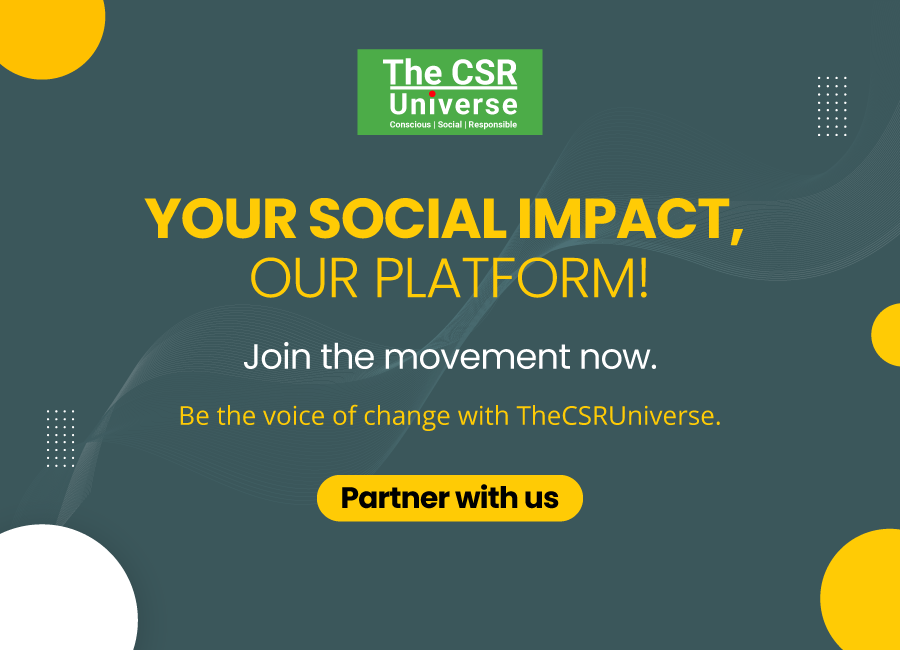

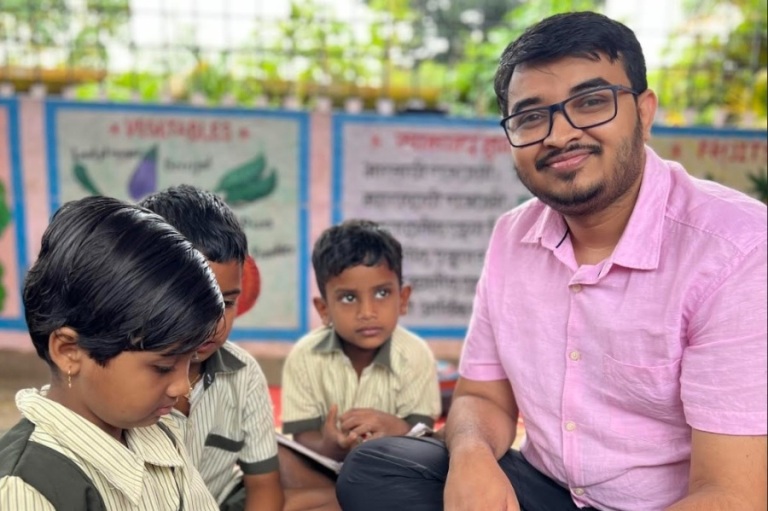
 In this engaging interview, Prafulla shares the story behind VOPA, detailing its inception, the challenges faced during its early days, and the amazing impact of the V-School platform. VOPA enables multiple users to access personalized educational content on a single device, making it cost-effective for underserved families. Its offline functionality ensures uninterrupted learning, even in remote areas with limited internet access. By empowering teachers as content creators, VOPA fosters localized and culturally relevant educational material in regional languages. With many such standout features, VOPA has reached over 1.2 million students transforming the learning landscape for marginalized communities.
In this engaging interview, Prafulla shares the story behind VOPA, detailing its inception, the challenges faced during its early days, and the amazing impact of the V-School platform. VOPA enables multiple users to access personalized educational content on a single device, making it cost-effective for underserved families. Its offline functionality ensures uninterrupted learning, even in remote areas with limited internet access. By empowering teachers as content creators, VOPA fosters localized and culturally relevant educational material in regional languages. With many such standout features, VOPA has reached over 1.2 million students transforming the learning landscape for marginalized communities.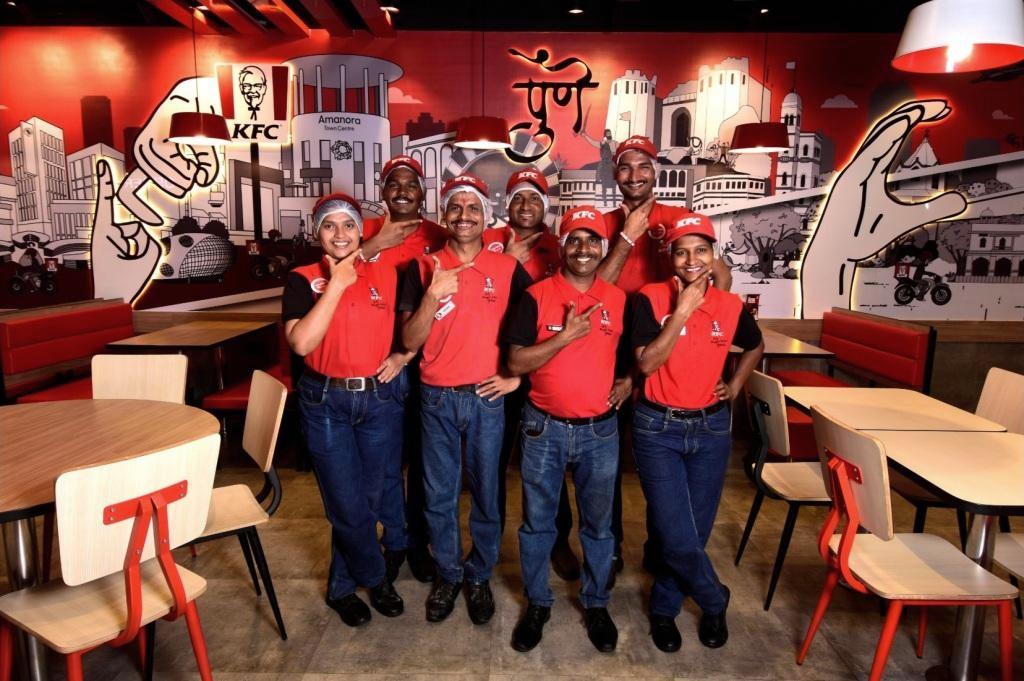
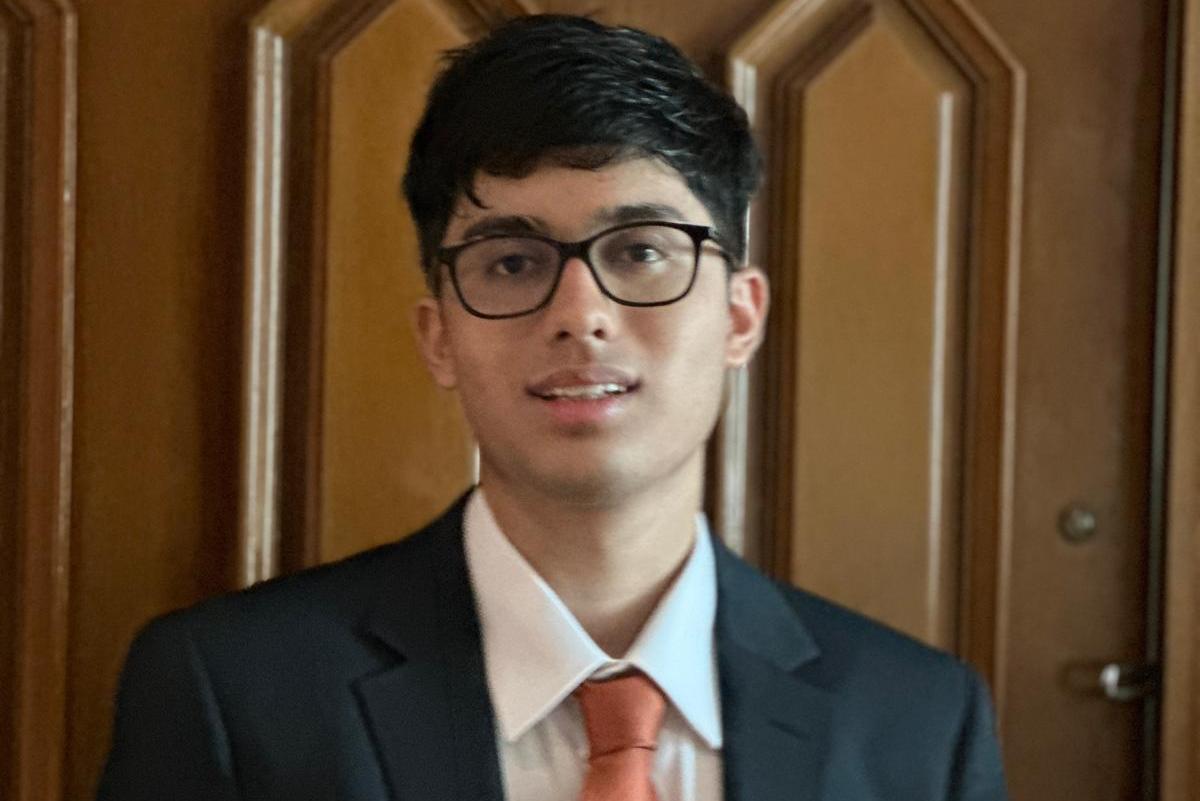
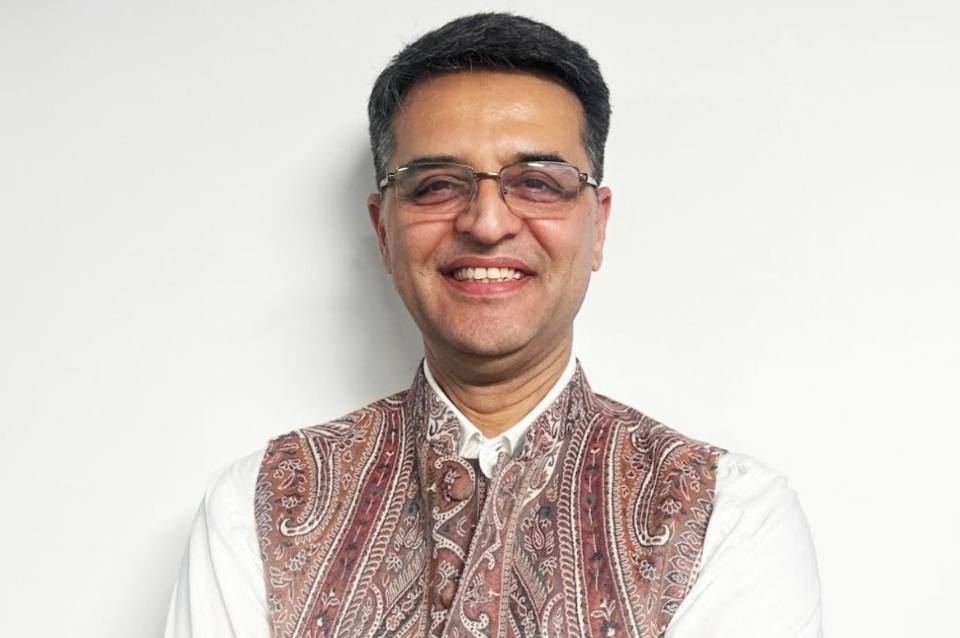
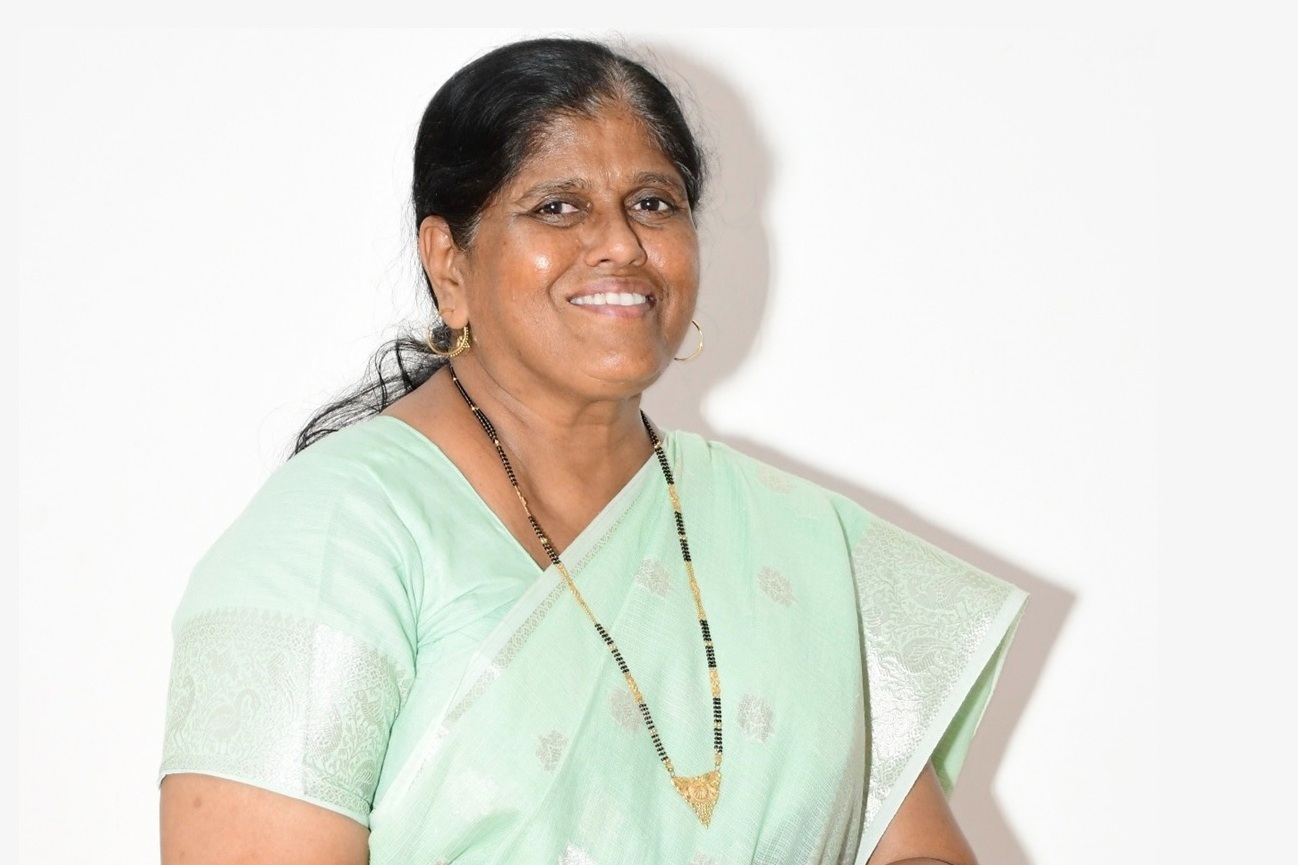
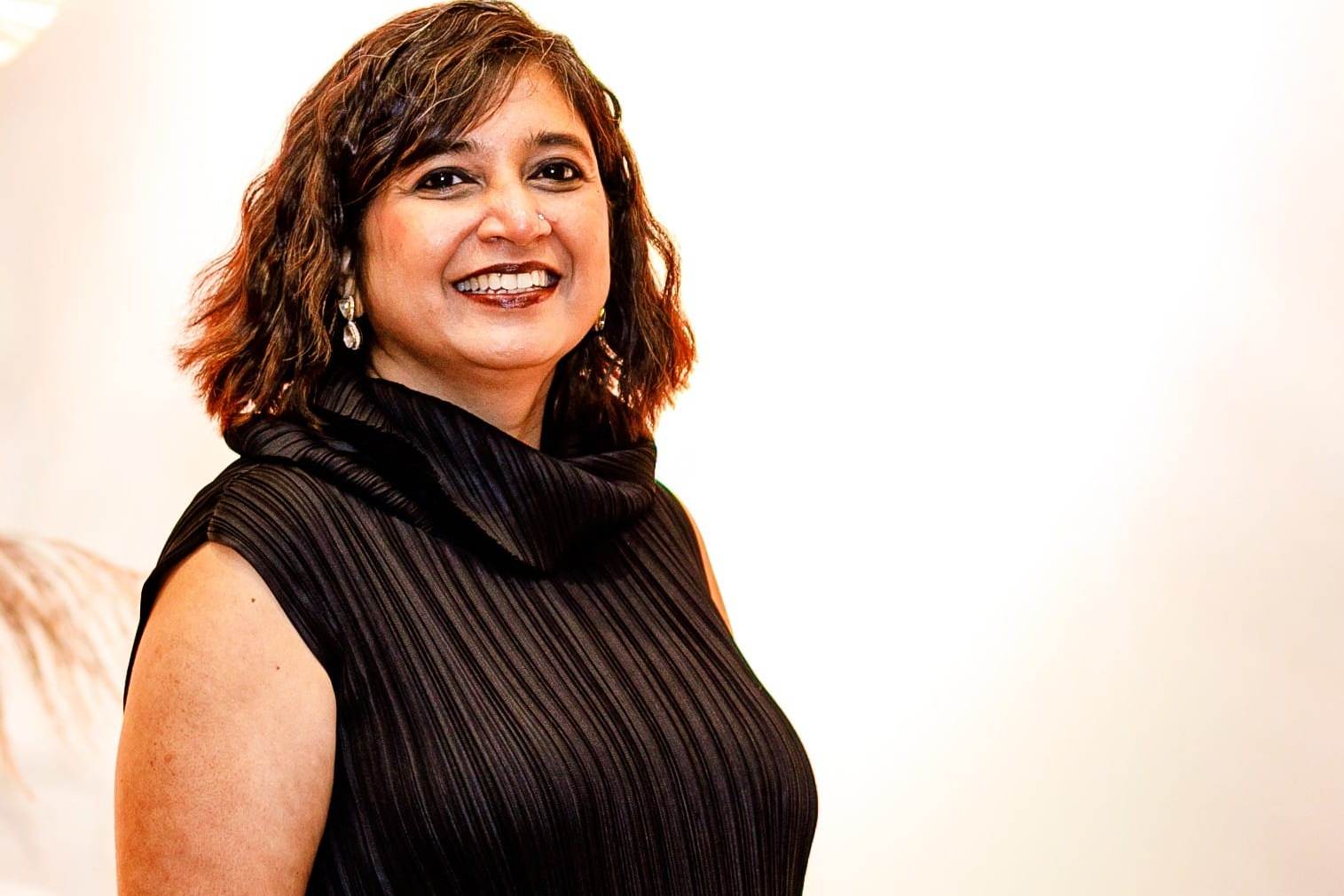

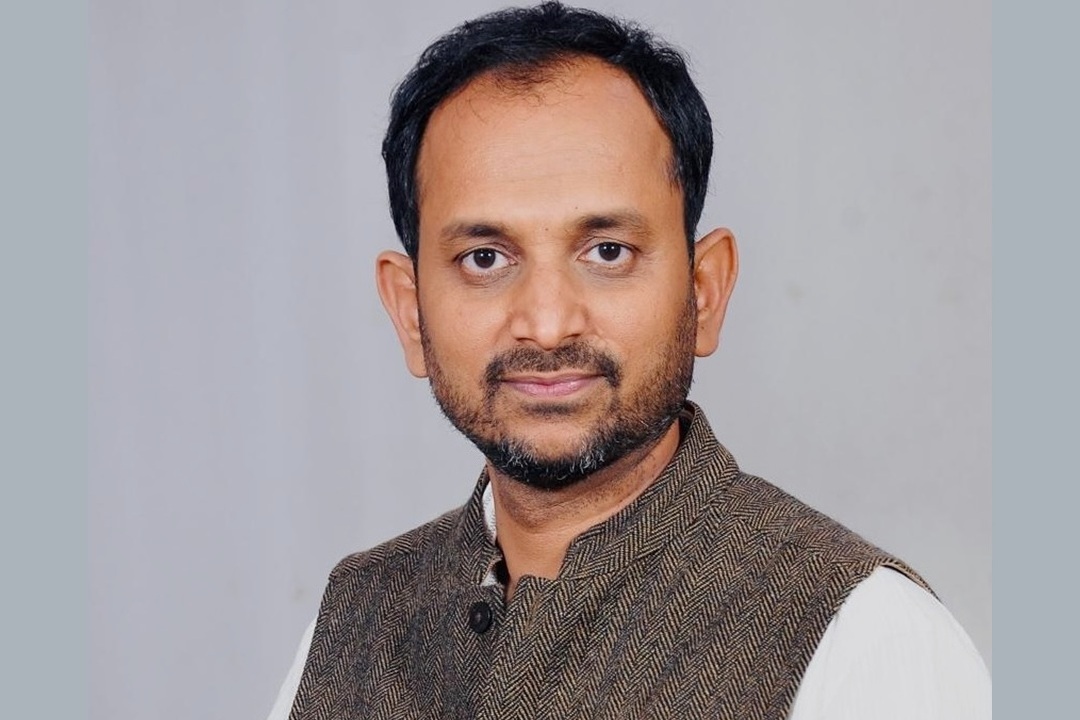
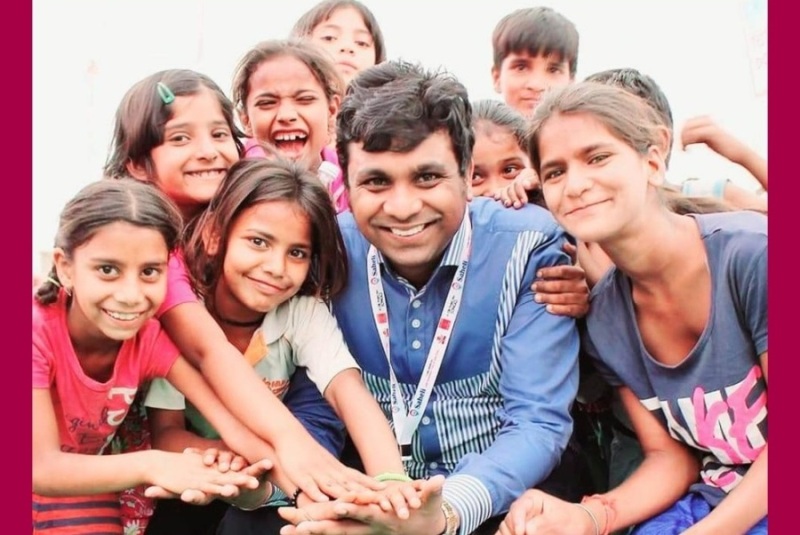
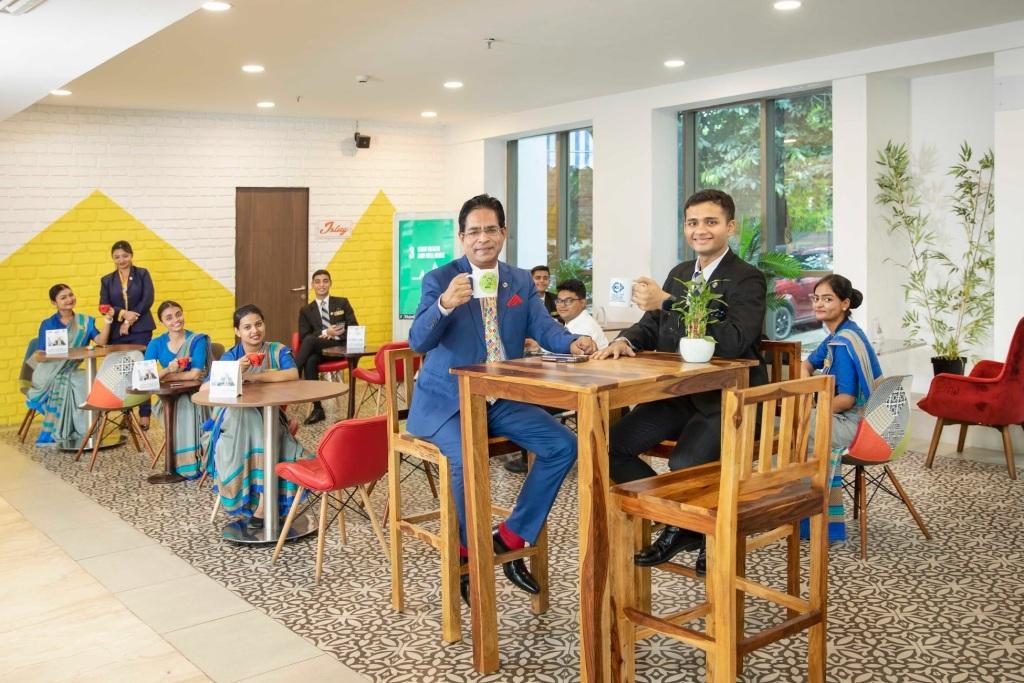
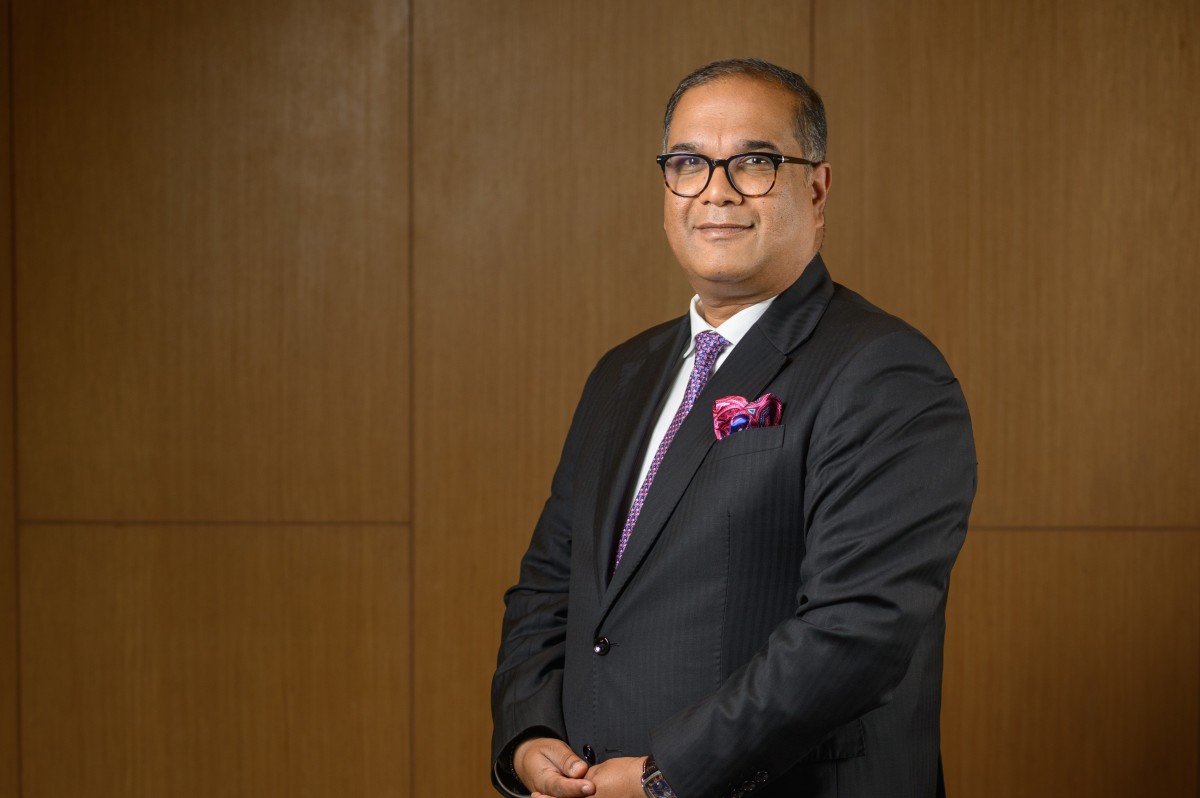
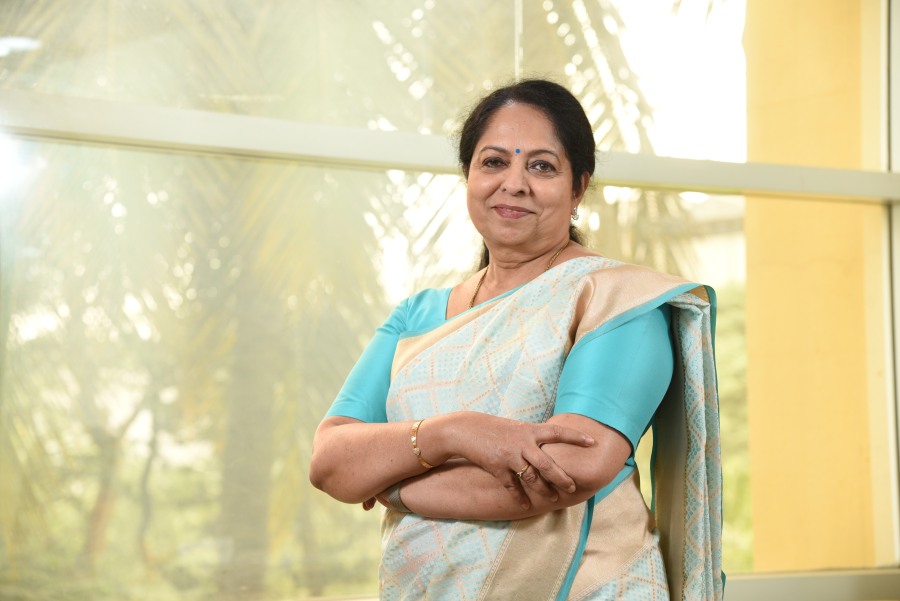
.jpg)
